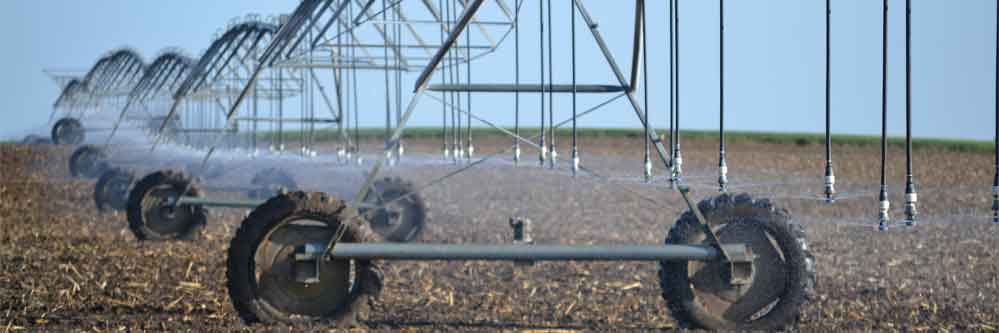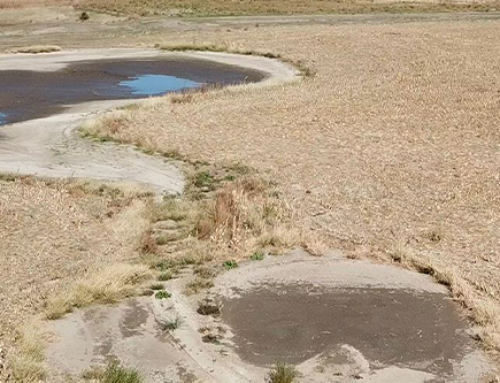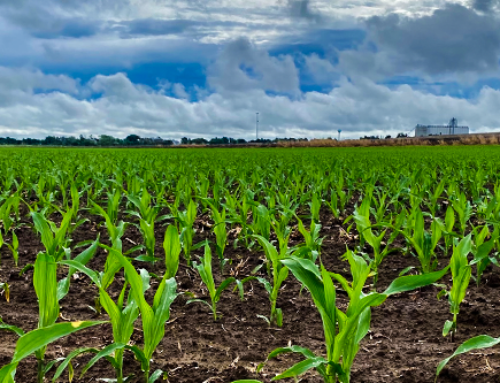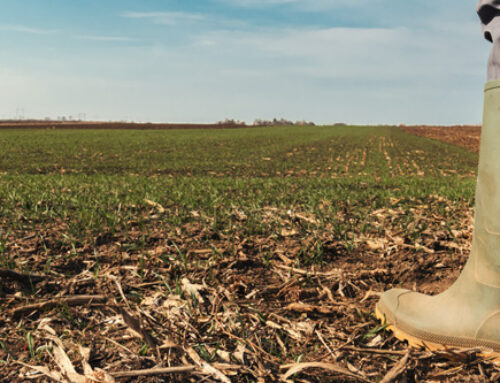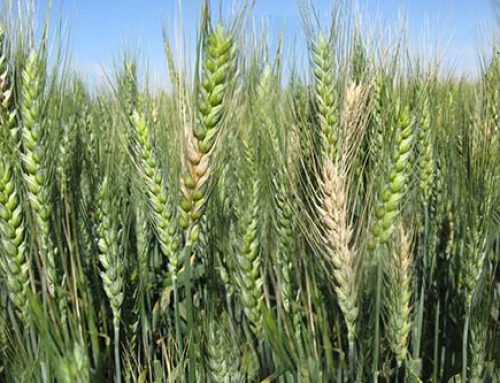
Q: Where are land prices going in the next ten years?
A: The rise in land values over the last few years has been spectacular. High crop prices combined with low interest rates plus poor returns for other investments all contributed to the price gains. But, the outlook suggests that these underlying factors are about to change – or already are changing. Weather conditions will have a big impact on prices through this year and into 2015. Crop prices have declined significantly, especially for corn and wheat, and will continue to decline if yields follow long term trends. Both factors will impact land prices.
Q: What major factors have been causing an increase in the price of land?
A: Interest rates and non-farmer investors are two causes of increased land prices. Interest rates are holding fairly steady at very low levels so far this year. At some point, efforts to stimulate economic growth will be eased and higher interest rates will be a result. No big changes are expected through the rest of 2014. If interest rates do change, they are much more likely to rise than fall. Higher interest rates would put downward pressure on land prices.
There is no solid data that I know of, that shows how much of the recent increase in land prices is related to non-farmer investors. But, anecdotal reports suggest that the inflow of capital has been a contributing factor. With the strong rebound in the stock market and other investments, upward pressure on farmland prices may be eased.
Looking forward, if interest rates do rise and investments and the stock market continue strong, the recent increase in price could turn around.
Q: What about lower commodity prices? How is that affecting the increase of land prices?
A: Corn prices have dropped to near $4 per bushel and there have been several reports that say that producers cannot cover all costs with prices that low. Corn prices could fall still further if yields are near trend in 2014 and corn ending stocks rise toward 3 billion bushels. With a real cost-price squeeze, buyers won’t be anxious to pay the high prices we saw in 2013 for land. Already there are signs that the uptrend in land prices is at least slowing, and in some cases reversing. For example, the Farm Credit Services of America reports that benchmark land prices in Iowa declined by 2.8 percent in the last six months of 2013 and land prices in Nebraska were nearly flat.
Q: How is the overall economy affecting land prices?
A: A big collapse in land values like in the 1980s is not expected. Still, we will probably see land prices lower over the next couple of years. There is simply not as much interest in paying more for land when crop production profits are very narrow or even negative. It is clearly possible that land prices already exceed levels that make economic sense in some areas of the country.
In short, land prices have been on the rise but that trend may soon be ending. In some places, prices have already leveled out or decreased. As commodity prices fall and interest increases, land prices should decrease. Although a major collapse of land value is not expected, it is safe to assume that buyers won’t continue to buy land at a high price if their crop production profits aren’t compensating for it.
To learn more about land price trends and other ag analysis, visit http://www.doane.com/agribusiness-info/ to connect with Rich or another Economist on the Doane’s team.
